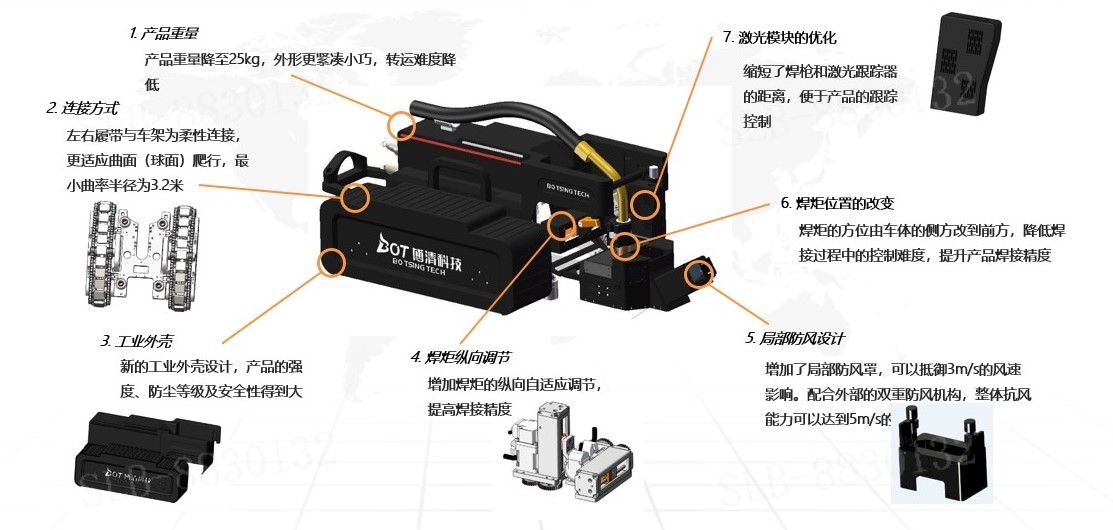Discuss the differences between light steel structures and heavy steel structures
Date:2021-12-19 Views:1728
Steel structure companies will analyze the differences between light steel structures and heavy steel structures. Below, we will tell you that steel structures can be divided into light steel structures and heavy steel structures. With the widespread use of steel structures, people's understanding of steel structures has deepened. However, the scale and differences between light steel structures and heavy steel structures are still not very clear, and many experienced designers or project managers often cannot fully understand them.

Although there is no common standard in the industry for heavy steel structures and light steel structures, many constructions are now made of both light and heavy steel. However, we can summarize and consider based on some data and distinguish them. Next, the steel structure company will describe for us: crane lifting capacity: heavy steel structure ≥ 25 tons<light steel structure.
Steel consumption per square meter: heavy steel structure ≥ 50KG/M2<light steel structure. Component steel plate thickness: heavy steel structure ≥ 10MM<light steel structure. Special application areas: Petrochemical factory equipment, power plant buildings, large-span sports venues, exhibition centers, high-rise or super high-rise steel structures must be heavy steel structures. General factory buildings such as light roofs, light exterior walls, and light enclosures are generally made of light steel structures.
Previous data references: The cost per square meter of heavy steel structure is higher than that of light steel structure, and the maximum component of heavy steel structure is much more significant. The maximum span, structural method, and eaves height are also important data comparisons for the differences between light and heavy steel structures. The difference between light steel and heavy steel is not in the weight of the structure itself, but in the weight of the enclosure materials they receive. They share the same concept in structural design and have no differences.
Steel structure companies will analyze the differences between light steel structures and heavy steel structures. Below, we will tell you that steel structures can be divided into light steel structures and heavy steel structures. With the widespread use of steel structures, people's understanding of steel structures has deepened. However, the scale and differences between light steel structures and heavy steel structures are still not very clear, and many experienced designers or project managers often cannot fully understand them.

Although there is no common standard in the industry for heavy steel structures and light steel structures, many constructions are now made of both light and heavy steel. However, we can summarize and consider based on some data and distinguish them. Next, the steel structure company will describe for us: crane lifting capacity: heavy steel structure ≥ 25 tons<light steel structure.
Steel consumption per square meter: heavy steel structure ≥ 50KG/M2<light steel structure. Component steel plate thickness: heavy steel structure ≥ 10MM<light steel structure. Special application areas: Petrochemical factory equipment, power plant buildings, large-span sports venues, exhibition centers, high-rise or super high-rise steel structures must be heavy steel structures. General factory buildings such as light roofs, light exterior walls, and light enclosures are generally made of light steel structures.
Previous data references: The cost per square meter of heavy steel structure is higher than that of light steel structure, and the maximum component of heavy steel structure is much more significant. The maximum span, structural method, and eaves height are also important data comparisons for the differences between light and heavy steel structures. The difference between light steel and heavy steel is not in the weight of the structure itself, but in the weight of the enclosure materials they receive. They share the same concept in structural design and have no differences.











